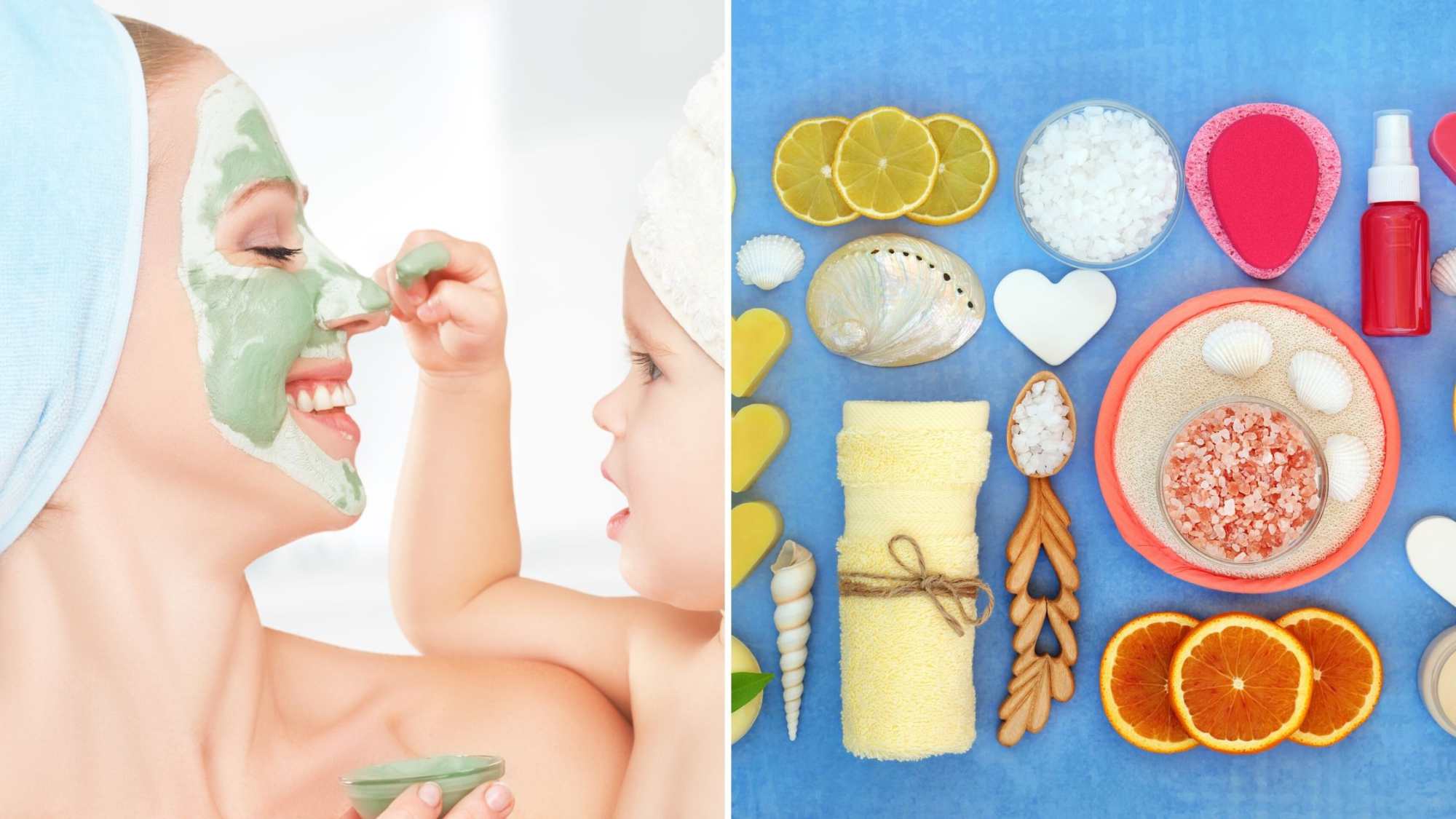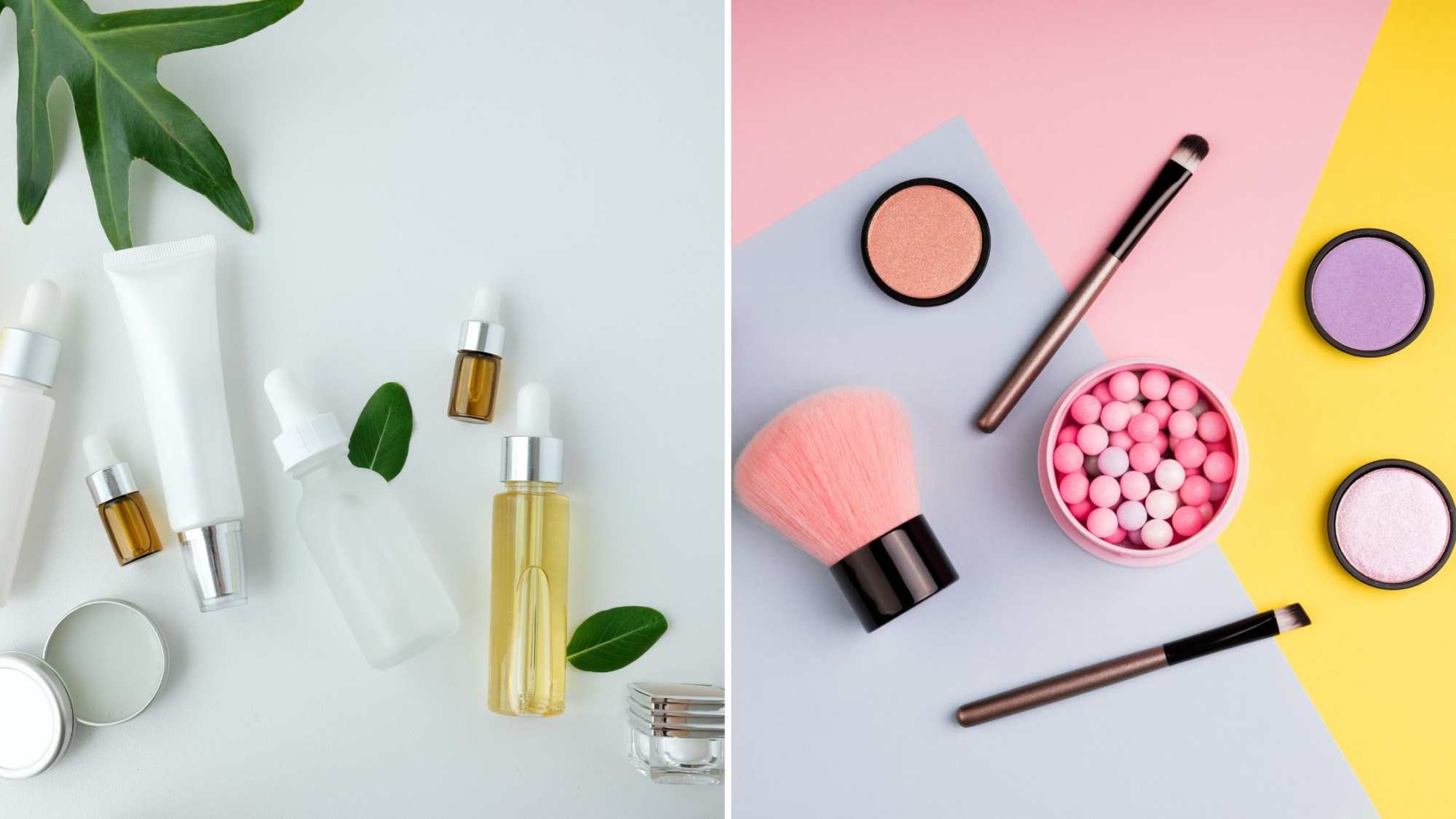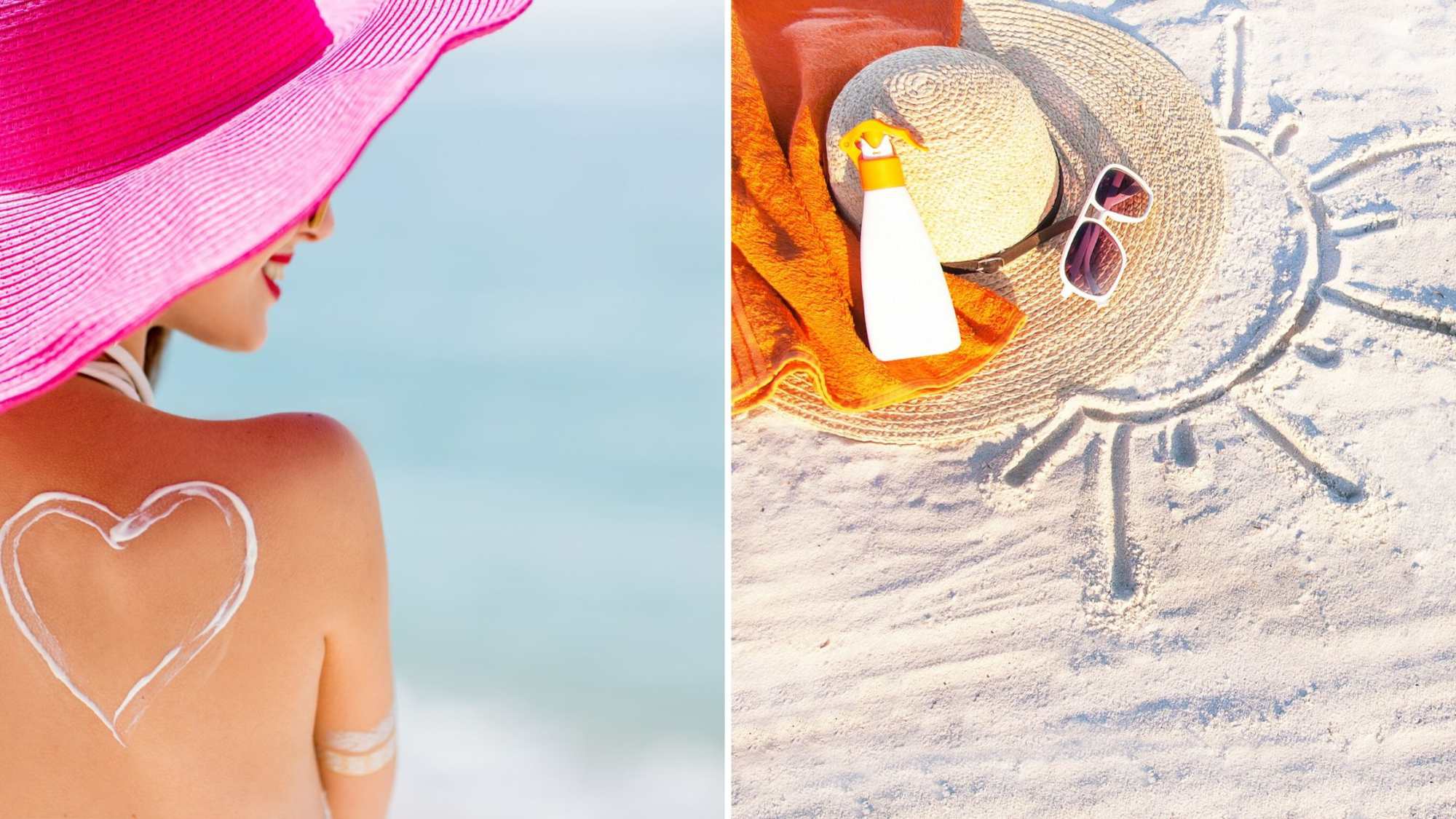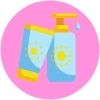10 Skincare and Beauty Trends to Look Out For in 2020
Skincare and beauty trends in 2020
With the turn of the decade in 2020, change seems to be the spirit of the times. A lot has changed since the last time you checked your skincare and beauty routine. Seriously, was it 10 months ago? Because if so, you need to go over it all.
You need to keep an eye on the Skincare and Beauty Trends of the year, as they are inspired by scientific discoveries and major lifestyle advisories. And here is a hint: A LOT is changing!
Even though the pandemic outbreak of COVID-19 in 2020 claims a fair share of the changes, life goes on and beauty never goes out of fashion. So, without further ado, let’s go through the top 10 skincare and beauty trends in 2020.
Content
Top 10 skincare and beauty trends in 2020
1.Vegan Skincare and Beauty Trends
Cruelty-free and plant-based lifestyles at first came about as components of the counterculture lifestyle. But they are gaining traction nowadays, attracting the attention of many, including those practicing mental wellbeing and physical health.
As Skincare and Beauty Trends go hand in hand, many have realized the magical power of plants both as food and topicals. So, now we can see veganism and vegetarianism going hard in the mainstream.
Vegan skincare is an umbrella term for products that are made with a plant-first approach. You may also come across such terms as ‘Halal Beauty’ and ‘Cruelty-Free’ which also refer to vegan skincare. There is also ‘Nature Identical’ products, which include synthetic ingredients.
These ingredients mimic natural formulas to protect and respect the environment while benefiting the human body.

2. Sustainability
Another eco-friendly trend is the sustainable products that vow to protect the planet earth while helping you tend to your beauty.
Minimized and sustainable packaging has the first word here. Recyclable plastic bottles and refillable containers are gaining ground in many brands such as Dove and Olay. Also, if you buy any of the products by Kinship, you will receive them in minimal and recyclable packages, which are made with recycled ocean plastic.
The eco-friendly movement has also reached the realm of the products themselves. Mark compostable face wipes and sheet masks for cases in point. With these products, you don’t just wipe your face and throw away the sheets that take years to break down. You can look for biodegradable wipes by Almay, Simple, and Yes to Cucumbers.
Some brands have also shifted to packages that can be repurposed when emptied. They usually call this upcycling rather than recycling. Call it whatever you want, when you repurpose the package you use it to hold jewelry or plant succulents.
Another burgeoning movement aiming to save the planet without compensating beauty is using byproducts. To name a few examples, Naïf has joined Waternet and AquaMinerals (Dutch companies) to extract calcite residues from the drinking water of Amsterdam and transform into a beauty product. This helps Naïf to replace the microbeads in its products with granular calcite. Isn’t it brilliant?
3. Aluminum-free Deodorant
Aluminum is arguably one of the factors causing breast cancer. Aluminum creates a plug inside the sweat glands and limits the amount of sweat produced under one’s arms. However, as it is dangerous, there is a growing demand for products that don’t contain the ingredient.
More natural ingredients, such as glycerin and fragrance are used to replace aluminum. Even though with these ingredients your body will sweat naturally (because they miss the strong anti-sweating ingredient) your pits won’t smell bad.
4. Electrolytes
According to dermatologists, electrolytes are minerals carrying an electric charge. These include calcium, potassium, and magnesium. Small electric charges are not alien to the human body. In fact, they help the skin cells a great deal.
Electrolytes are exceptionally beneficial for the skin. Magnesium improves the suppleness of the skin muscles, by addressing the function of skin cells and optimizing the blood flow. It also brings hormonal instability into a balance and reduces cortisol levels. This way, the acne breakouts diminish and the skin becomes smoother.
All three electrolytes work well together in order to keep the skin hydrated and maintain its optimal function. Wherever you apply electrolytes, the water is drawn to the area. So, electrolytes increase the moisture of your skin just like that. In addition, it helps vitamins and other nutrients work better on your skin.
This is how an electrolyte-infused skincare routine, can be of immense help to your skin. Most of the products that can help you add electrolytes to your skincare routine are moisturizers and hydrating agents.
Also, keep in mind that these products are usually recommended for dry skin types. Go ahead, find the best electrolyte products for your skin because 2020 is their year!
5. Facial Massage
The surge of derma rollers, sculpting bars, and other facial tools means one thing: the rising importance of facial massage.
As more information on the necessity for keeping a healthy skin gets around, more and more people like to use products for sculpting the skin and rejuvenating it.
In fact, as protection and prevention take the upper hand on treatment, more and more people are reaching out for tools to have a facial massage at home.

6. Niacinamides
Vitamin B3 or Niacinamides have long been in the spotlight for useful ingredients for the skin. However, many products have recently highlighted its amazing power for revitalizing the skin, making it look firm and smooth while minimizing the skin’s large pores.
More importantly, Niacinamides are powerful antioxidants that propel collagen production and the growth of new skin tissues. It also calms down skin sensitivity and redness.
So, in short, you will come across many products that depend on niacinamide for more effectiveness and seamless results.

7. Personalized Skincare and Haircare Routines
Tailormade skincare routines and products are all over the place now. In case you haven’t noticed, you are reading this article on the blog of a digital skincare clinic which provides personalized routines and products. Wondering how and why the whole thing has come to exist?
Now more than ever do we embrace diversity and acknowledge the differences in hair, skin color and type. After all, why should anyone be left out?
As individuals have become more expressive thanks to social media, so has skincare and beauty evolved to let each and every person shine in their own unique ways.
And this was also supported by the widespread backlash against beauty advertisements which are trying to idealize one type of skin and hair.
Technology has created one of the most interesting possibilities in skincare. As each skin is unique with its own complications and needs, it’s clear that recommending the same routine for everyone (because everyone tries it and loves it!) does not make a good dermatologist.
What doctors, professional clinics, and beauty brands do nowadays is assessing and analyzing skin with new tools and technologies, and recommending special routines for each individual.

8. Bespoke Skincare and Beauty Trends
Personalization has also entered the world of beauty products. Have you ever spent a long-time shopping for the perfect hue of brown from the 4 or 5 pallets you can find everywhere?
If only there were options that fell somewhere in the middle, were a little brighter or darker, and felt just perfect for your skin! Or have you ever wanted your hair color to look a bit more violet rather than salmon pink? Bespoke beauty has made this possible.
Many beauty brands, including Rihanna’s Fenty, have joined the movement for diversity in beauty. This means you can have the hair color, eye shadow color, and fragrance of YOUR CHOICE with many brands.
Owning your individuality and experiencing the difference is the heart of bespoke beauty. As Emmanuelle Moeglin, the founder of Experimental Perfume Club, says: “Bespoke is not a product only, it’s an experience. What they receive from it goes beyond the product itself.
With bespoke offerings, consumers have the opportunity to be a part of the design of what they use, rather than simply being a consumer of their product.”

9. Microbiomes
According to Renée Rouleau, “On the surface of the skin, there is what is known as the microbiome, which is made up of bacteria, fungi and viruses. They make certain chemicals that keep the skin healthy and help your skin’s barrier stay intact.
There is a lot of technology coming out about the microbiome and we now understand there are three ways to work with the microbiome in skincare.”
So, this brings us to three types of materials that make their presence felt more than before:
- Prebiotics: what the microbiome eat to grow.
- Probiotics: when actual bacteria are put into products.
- Postbiotics: when the microbiomes die and their chemistry is released.
Rouleau believes that more products will come to include biotics as its essential ingredients in 2020. In fact, this seems to be the biggest trend so far with the prospect of further growth in the future. Many existing brands have launched new programs to develop biome balancing products. And many new brands have been instituted to produce products to optimize skincare with the microbiome.
10. Sunscreen and Environmental Protection
Skin protection has always topped the list of skincare routines and products. However, with the acceleration of global warming, increased exposure to infrared radiation, UV radiation, and environmental pollution many brands have stepped up their protection game.
And with costumers who expect pollution protection, blue-light shield, anti-pigmentation, and anti-blemish functions, and on top of it all clean formulas in one product, who wouldn’t improve their products?
Sunscreen is the most popular, fundamental, and widely advised protection in the world. First off, you can see the surge of products with higher rates of protection, with SPF 15 at the minimum.
The year so far has also seen other changes. The use of nanotechnology for giving sunscreens a makeover and making them more compatible for people with darker skin tones is one of them. Another change is the introduction of extra protection such as antioxidants to sunscreens, in order to ward off environmental damage. And the last one on our list is concerned with sustainability.
One of the environmental concerns that has broken out against sunscreen is their harm for the oceans, coral reefs, and the soil. The thing is that when you swim in the ocean with your sunscreen on, the ocean water absorbs these ingredients.
The result is undoable damage to the ecosystem of the oceans, especially the coral reefs. This is why many products have shifted to more natural ingredients as well as formulas that don’t pose a threat either to nature or to the human body. Not to mention that many are proposing using zinc instead of sunscreen altogether.
The onset of the new decade has brought about many changes right from the moment it turned on its hinges. While there is a lot to learn about what is going on in this world of new initiatives and discoveries, there is little to be concerned about. Or at least, we, humans, are trying our best to find solutions for problems that haunted us during the previous decades.
So, let us know if you find any of these changes promising or troubling while we are only seven months into the new decade.

FAQ
What's trending in the beauty industry?
Five tech trends shaping the beauty industry
Personalization and AI. According to Mr. Balooch: 50% of women complain that they can't find the right shade of foundation for their faces, and women with darker skin tones have been crying out for more choice.
Virtual try-on apps.
Smart skincare tools.
Printed make up.
3D or e-make-up
What is the new trends for 2020?
5 Trends for 2020
GREEN PRESSURE. In 2020, consumers move from eco-status to eco-shame.
BRAND AVATARS. Human brands take powerful new forms.
METAMORPHIC DESIGN. Consumers demand relevance as a service.
BURNOUT. Smart brands rush to help those burned by the pressures of modern life.
CIVIL MEDIA.
Is the beauty industry growing?
In the United States alone, the beauty services sector employs over 670,000 people, and its job growth outlook is “faster than average” according to BLS data at a rate of 13% (2016-2026). According to a study, it was worth $532.43 billion in 2017 and is expected to reach a market value of $805.61 billion by 2023.







